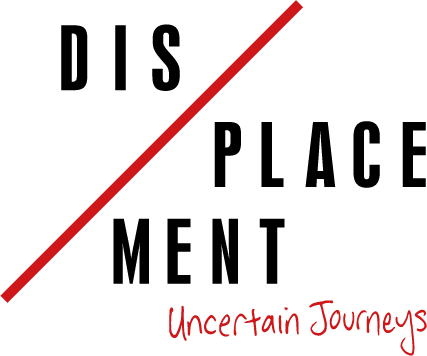About
This project has documented all the existing nuclear power plants in Japan in with large format photography, however most of the photographs in my series are kept unpublished, planned to be exhibited or published later than 2031.
The reason for this latency in delivery comes after the observation that nuclear disasters higher than level 5 in the International Nuclear and Radiological Event Scale (INES) are separated by a period ranging between 20 and 25 years (International Atomic Energy Agency, 2013).
All Shinto shrines in Japan have to go through a ceremony of dismantling and rebuilding every 20 years, and some of the oldest Shrines have been through this periodical rebuilding for more than 1300 years (Ishida, 2006). This periodical rebuilding is thought to be key for the succession of the tradition and know-how of shrine building across generations.
In the same way it can be inferred that the presence of severe nuclear accidents every couple of decades can be attributed to a break in this succession of knowledge.
In 2031, when the first generation of Japanese children born after the nuclear catastrophe reach the majority of age and receive right to vote, it is highly possible that a lack of first-hand information influences the “uninformed” decisions they make as voters.
This project aims to explore the ways of delivering a certain body of work and information though non-traditional media over a generational time span
Yoi Kawakubo is a Spanish born Japanese artist based in London and Tokyo.
He turned to an artistic practice after receiving his degree in applied neuroscience and subsequently working as a financial trader for several years.
He began his artistic career in earnest in 2008, participating in group exhibitions in Japan, Taiwan and the United States.
His working methodology stems from his belief that logical concepts depend on our separation from intuitive assumptions and that within that process imagination is needed. With a practice that includes photography, film, perfume, cocktails, wall polishing and more, he means to deliver a paradoxical and ungraspable experience to the viewer.
Firmly grounded in research, personal history, geography, identity, language and dreams, his work builds from a specific context. Material decisions are made based on their appropriateness to a given subject matter; therefore what arises has a practical or mannerist relationship to particularly aesthetics.
Recent solo exhibitions include Stella Maris was a name I found in a dream, Daiwa Anglo-Japanese Foundation, London (2016); Fall, Shiseido Gallery, Tokyo (2016); To tell a (hi)story, Husk Gallery, London (2015), as the 2015 Artist in Residence at Art Action UK. Kawakubo has also collaborated with other artists at The Yokohama Triennial 2017, Yokohama; The Vision of Contemporary Art, The Ueno Royal Museum of Art, Tokyo (2015); The 19th Taro Award for Contemporary Art, Taro Okamoto Museum of Art, Kawasaki. Kawakubo was shortlisted for the Sovereign Asian Art Prize (2012) and the 19th Taro Award for Contemporary Art (2016).
He has been recipient of the POLA Art award funding for overseas research in 2016 and Fellow of Overseas Study Programme for Artists, Agency for Cultural Affairs, Government of Japan in 2017.
DISPLACEMENT
This work was displayed at the Nansen Initiative Global Consultation, October 2015, as part of the Island Tables installation.

